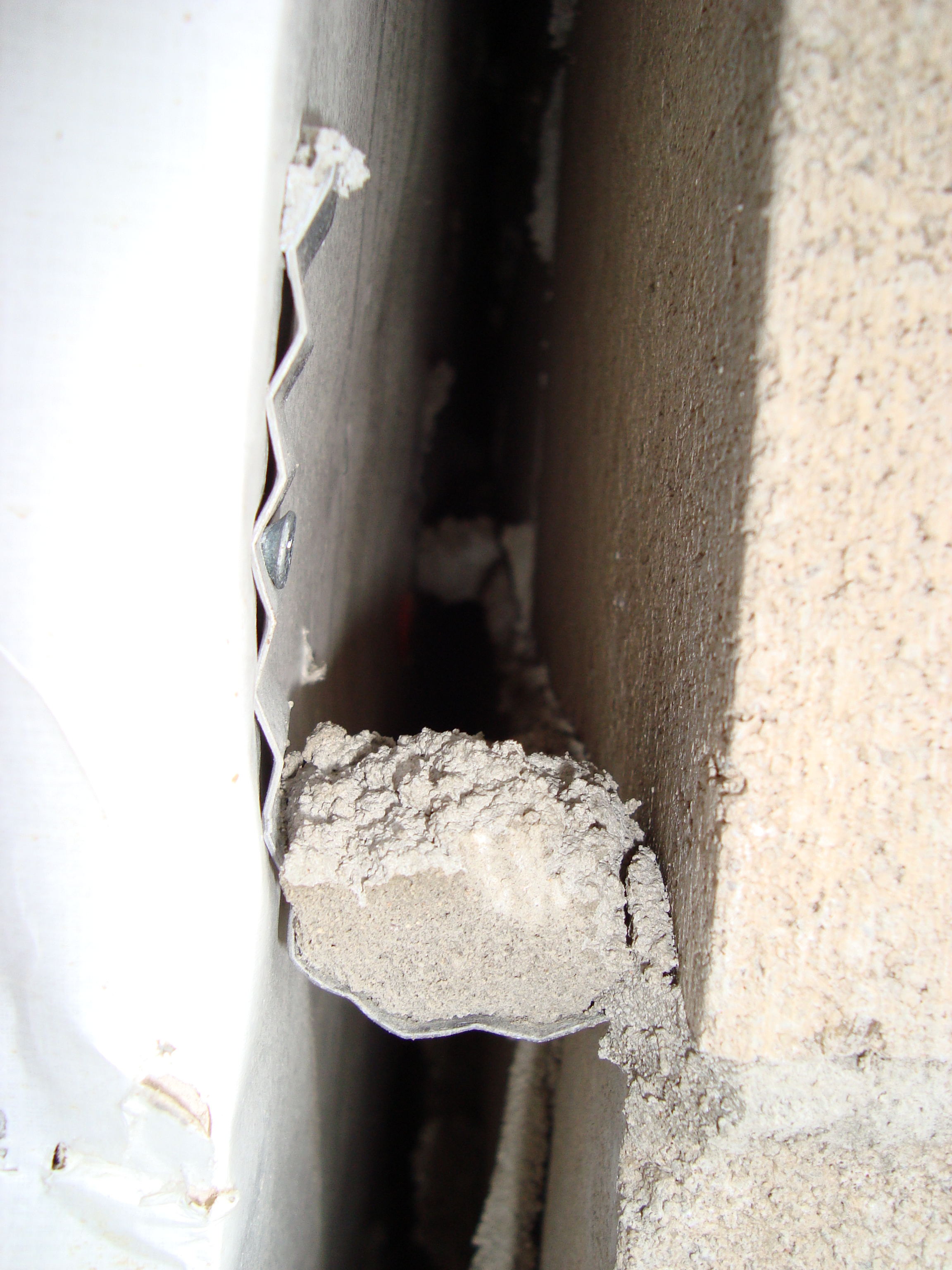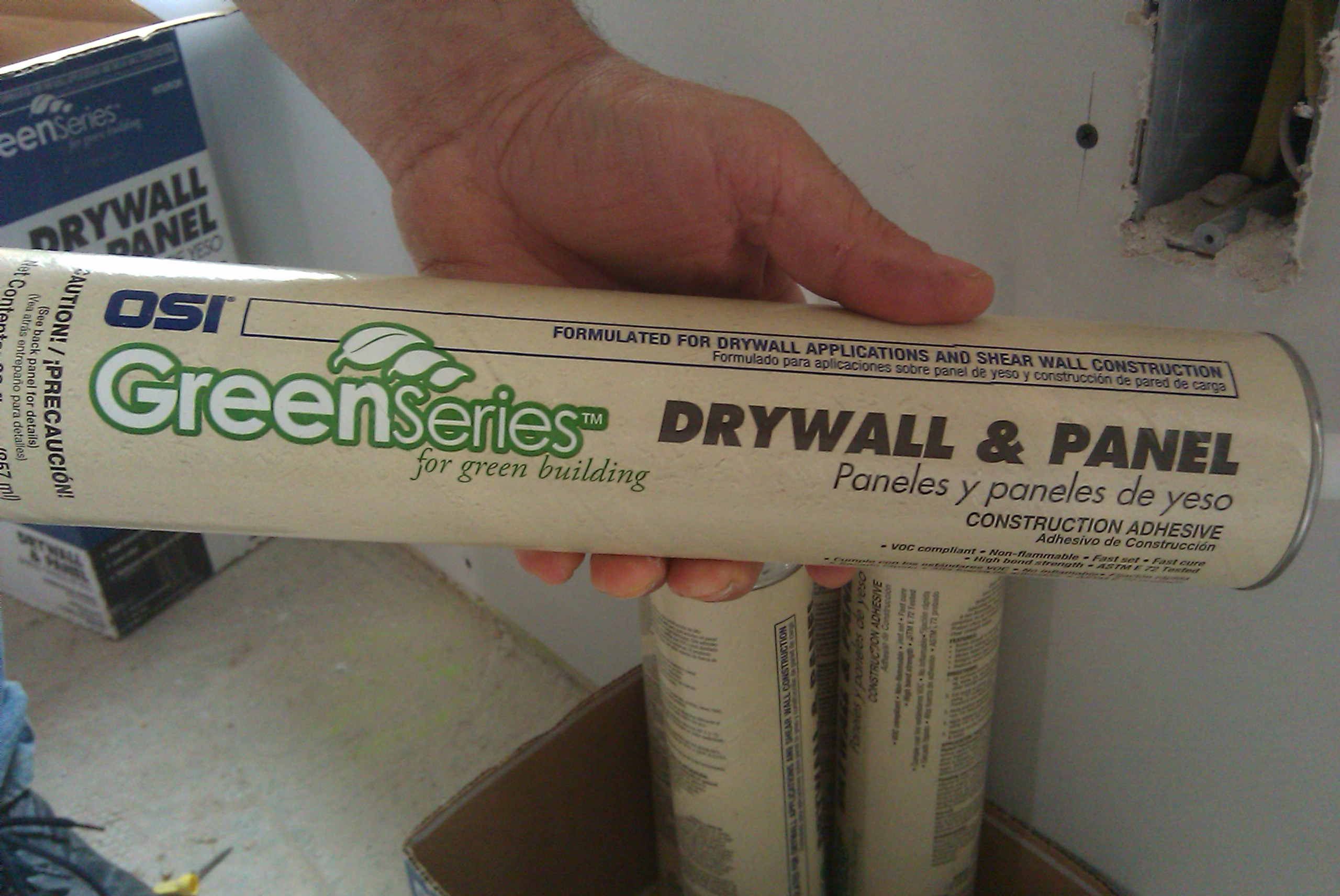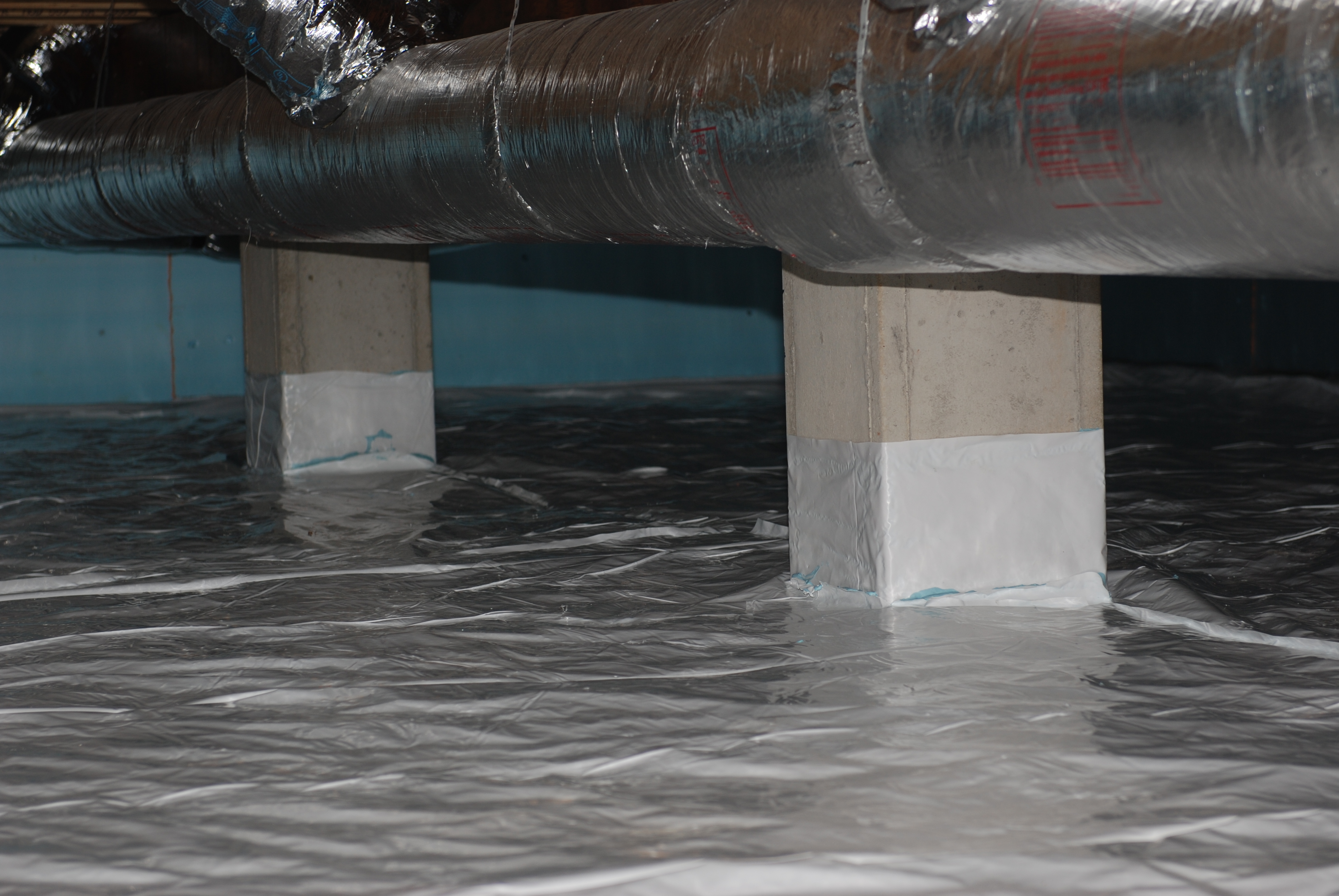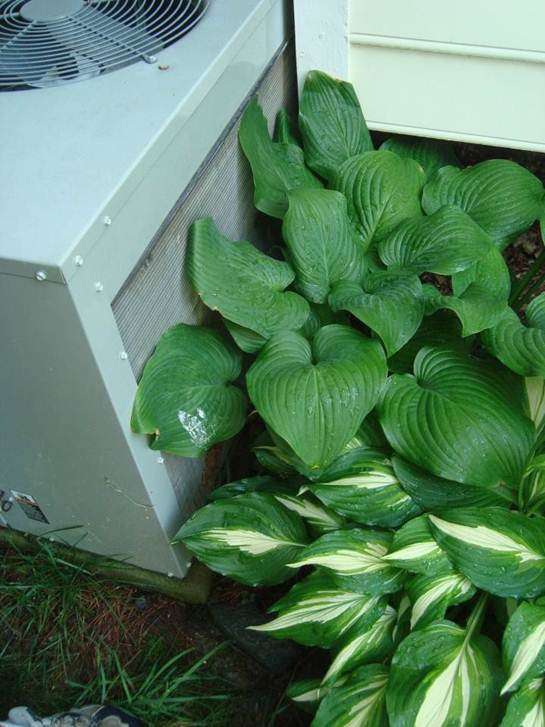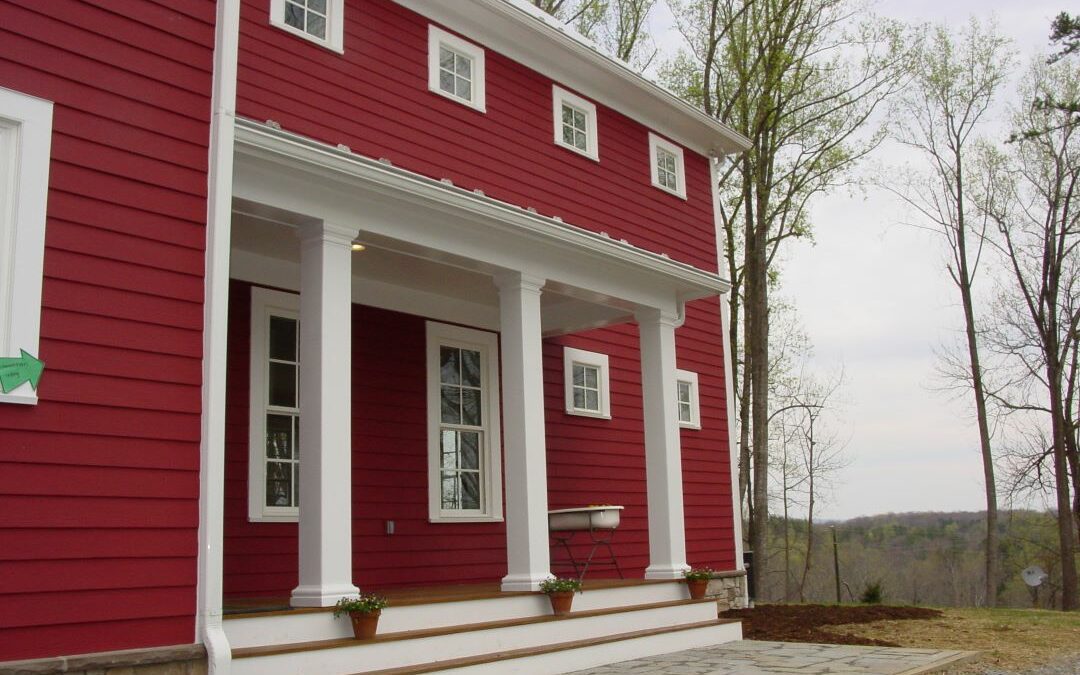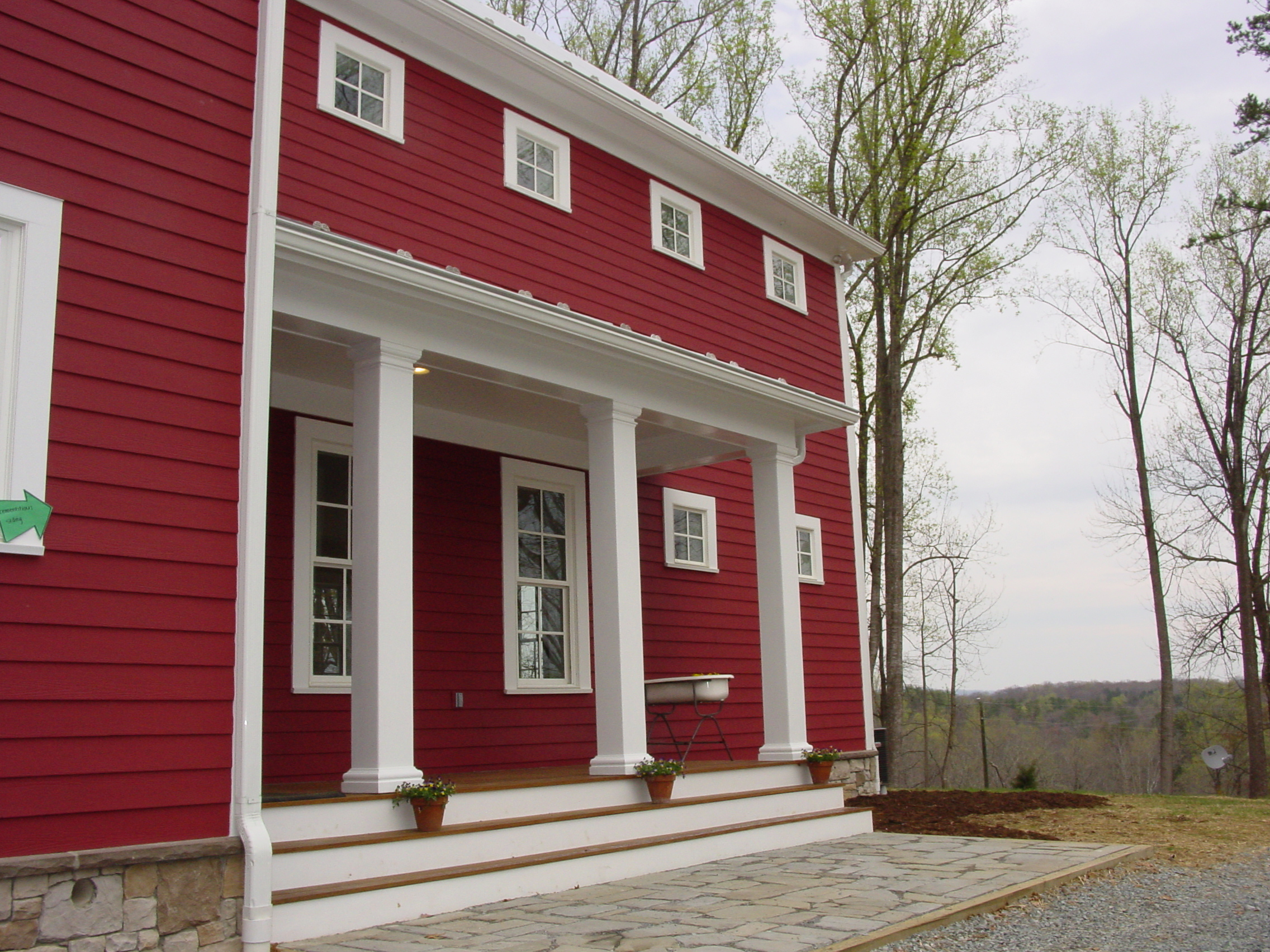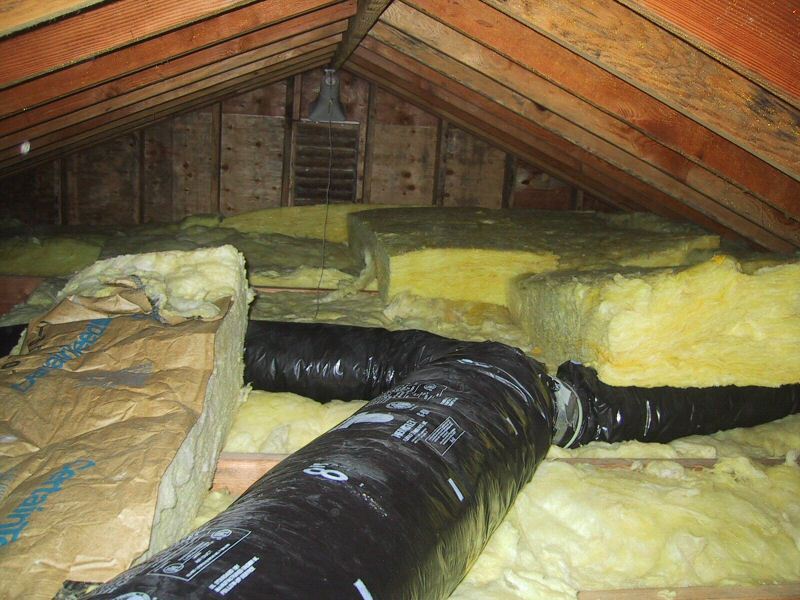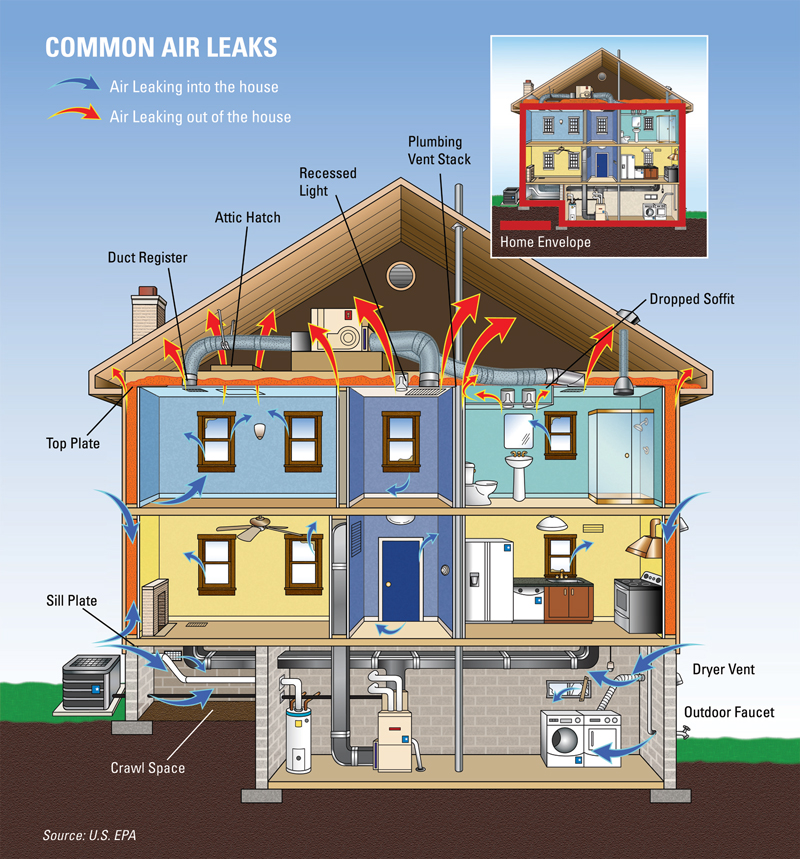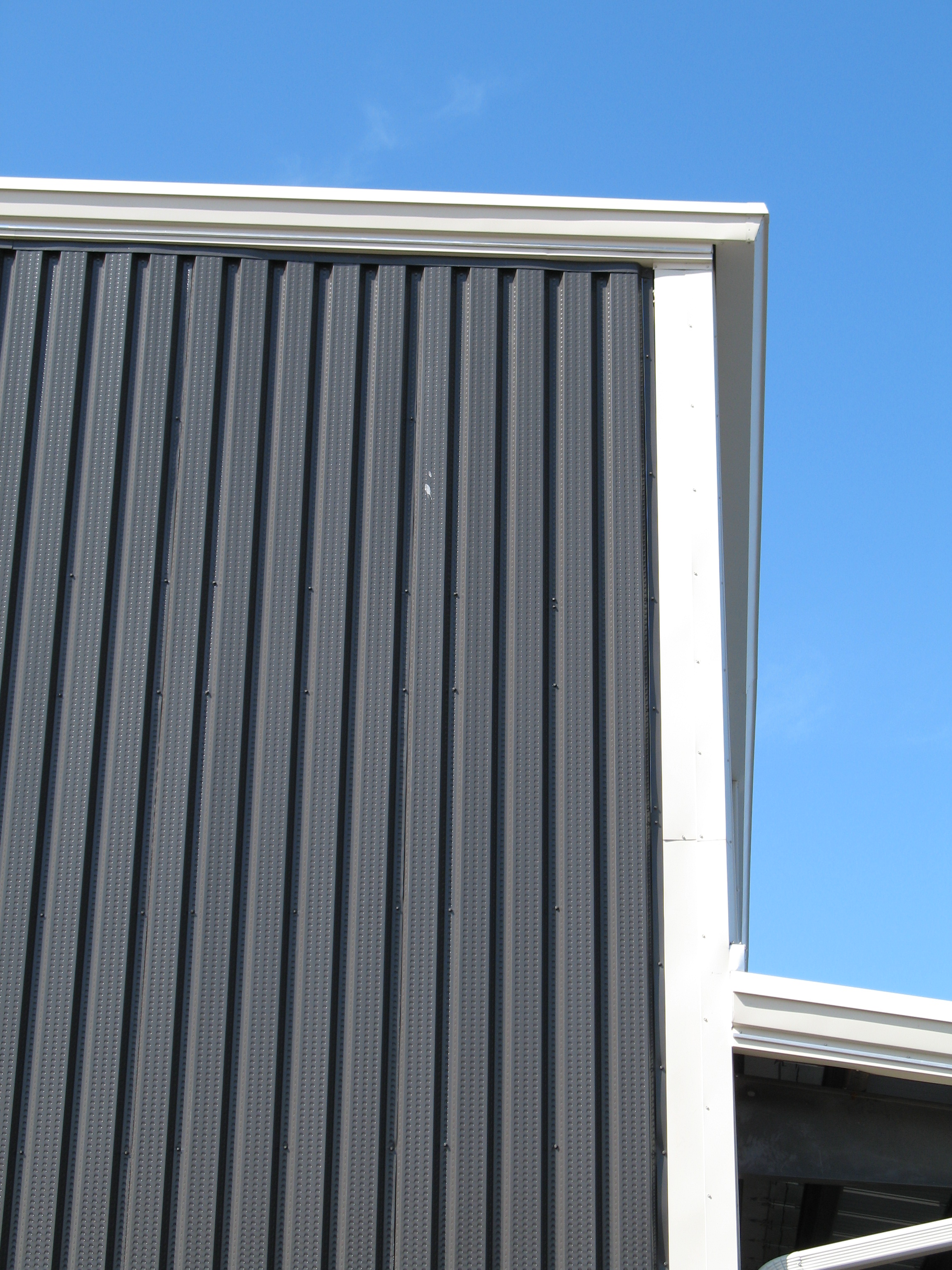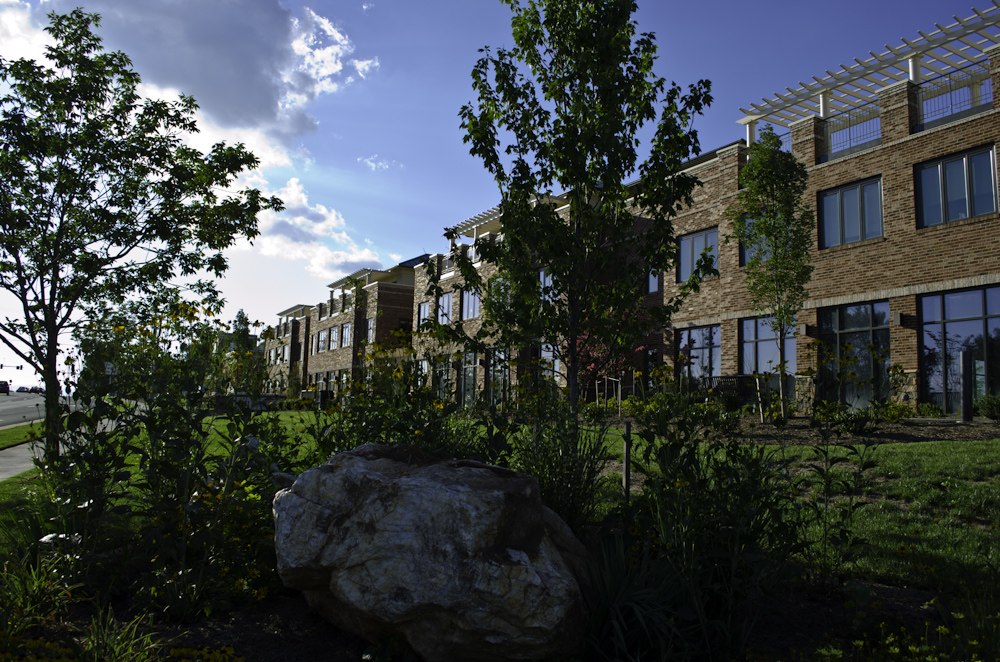by harrisonburgarchitect | Nov 4, 2013 | architecture, Building Science, Harrisonburg Architect, Indoor Air Quality
The rain screen is an important element of your wall system that is very often forgotten in home construction. A rain screen is the air space behind your cladding that gives a second line of defense against moisture intrusion. This allows moisture that passes through the cladding a path back out and allows for air to circulate to dry the back of the cladding and the surface of the air barrier. A rain screen should be viewed as a wall durability system that protects your homes indoor air quality. In our design area that averages 35+ inches of rain a year, this layer of defense is a vital part of a healthy, energy-efficient, and durable construction. This is a common detail in a brick veneer wall construction.

by harrisonburgarchitect | Oct 21, 2013 | architecture, Building Science, Harrisonburg Architect, Indoor Air Quality
We hear about Volatile Organic Compounds (VOC’s) all the time in marketing of paint. That new paint smell that we have suffered through for years in the construction industry, well it turns out, is not good for you. Who would have thought all those air fresheners we added to our cars in the 90’s to get a new car smell was emulating chemical off gassing that is potentially causing us to get sick. The same off-gassing in cars happens in new homes.

A volatile organic compound is a chemical offgassing of a man made product. It has been shown in studies that breathing these chemicals has the potential of causing cancer. While these studies have been conclusive, it is still unclear to many of us in the industry what the real health impacts are and how the new products are impacting our bodies. Of course avoiding anything that has been shown to be harmful is virtually impossible – watching television, using the microwave, breathing…, using products that have reduced or removed VOC is clearly better for your health. The warning is that you need to do careful research for a replacement product to make sure it will be durable and meet the intended goal.
by harrisonburgarchitect | Sep 4, 2013 | architecture, Building Science, Harrisonburg Architect, Indoor Air Quality
10 Things to Do This Fall for Your Home and Health
1 Check your door and window weather-stripping. Air leakage is the biggest energy waste that we find in homes. Making sure doors and windows seal tight will make your home more comfortable this fall and winter. Keeping doors and windows locked when closed will increase the performance against winter winds.

2 Make sure heating vents are clear of furniture. If your system is designed to perform optimally then it needs to blow air / radiate heat without obstructions. Keep draperies, furniture, and rugs off the floor vents and away from radiators to make sure you are getting heat to the right places.
3 Close your fireplace damper when not in use. A chimney is a huge hole to the outside of your thermal envelope and of course heat rises. Cut your energy use by making sure the damper is closed tight so as little heat as possible can escape to the outside.
4 Check your landscaping. Cut back overgrown plants that block airflow to your air handler and trees that overhang your roof. Protect your plants from coming heavy snows by trimming them back. Plant a winter crop on your garden and collect leaves and grass clippings in your compost bin for a beautiful spring crop.
5 Close your crawl space vents. The best thing to do is to close your crawl space vents permanently and insulate your crawl space walls. If that is not possible at this time, at least close your foundation vents for the cold months. Add a square of rigid insulation over the vent to help things stay modestly warmer below your floor.
6 Clean out those gutters. You made it through the summer without having to crawl on the hot roof, congratulations. Now that temperatures are more moderate, it is time to make sure you don’t get damage come snow season. Take advantage of this time of year to clean out your gutters and inspect your roof.
7 Clean for efficiency. Refrigerators are huge energy hogs so keeping them maintained is critical. Vacuum the coils on the back and bottom and check the temperature. While you are at it, clean the lint hose for your dryer – this will prevent fires and reduce mildew problems.
8 Hang heavier curtains on your windows. No matter the quality of your windows, they are still the weakest part of the thermal envelope of your home. Adding insulating curtains will help offset against heat loss during the cold months that are looming.
9 Open the windows. The more energy-efficient you get your home the less “fresh” air you get inside. Open the windows on these cool autumn days to not only enjoy the sounds of nature, but also to air out any toxic chemicals that have built up over the summer.
10 Have your chimney and furnace inspected. Make sure your fireplace and heating system is ready for the colder weather that is on the way. Get your chimney professionally cleaned to make sure it is free of buildup and birds’ nests. The same can be done for your heating system; clean and efficient is the goal. You should have your HVAC system serviced twice a year (fall and spring).

by harrisonburgarchitect | Aug 2, 2013 | Building Science, Harrisonburg Architect, Indoor Air Quality
 You hear it all the time, but I am here to tell you:: Green does not cost more, quality costs more. Here are 17 tips that will not add to your building costs, but will save you money and protect the earth.
You hear it all the time, but I am here to tell you:: Green does not cost more, quality costs more. Here are 17 tips that will not add to your building costs, but will save you money and protect the earth.
- Orient building to maximize natural lighting and solar heat gain.
- Place windows to provide good natural ventilation.
- Select a light-colored “cool roof”
- Provide overhangs on south-facing windows.

- install LED lights.
- Install high R-value insulation
- select energy star appliances.
- Design Water-efficient landscapes.
- Install water-efficient toilets and fixtures.
- Use permeable paving materials.
- Use concrete with flyash.
- Use engineered wood for headers, joists, and sheathing.
- Use recycled content insulation, drywall, and carpet.
- Use Low or No VOC paint.
- Use formaldehyde-free or fully sealed materials for cabinets and counters.
- Vent rangehood to the outside.
- install carbon monoxide detector.
by harrisonburgarchitect | Jul 29, 2013 | Building Science, Harrisonburg Architect, Indoor Air Quality
 Talking with any experienced carpenter, you have probably heard the phrase “a house needs to breath, you don’t want to build it too tight.” This is common folklore that has been passed down from generation to generation. Your builder tells you he is doing something that is good for your home by letting it leak a little to get fresh air and allow the building materials to dry out. These concepts need to be addressed, but a leaky house is not the solution. You do want to bring fresh air into your home, but you should do it through a planned ventilation system. You also want to allow materials to dry out so you need to know the permeability of those materials and verify that you are not creating a surface that reaches dew point in the assembly.
Talking with any experienced carpenter, you have probably heard the phrase “a house needs to breath, you don’t want to build it too tight.” This is common folklore that has been passed down from generation to generation. Your builder tells you he is doing something that is good for your home by letting it leak a little to get fresh air and allow the building materials to dry out. These concepts need to be addressed, but a leaky house is not the solution. You do want to bring fresh air into your home, but you should do it through a planned ventilation system. You also want to allow materials to dry out so you need to know the permeability of those materials and verify that you are not creating a surface that reaches dew point in the assembly.
by harrisonburgarchitect | Jul 22, 2013 | architecture, Building Science, Harrisonburg Architect, Indoor Air Quality

In the commercial building world, design is often overlooked from the performance side. The focus often goes to aesthetics and maximizing the built area while balancing the environmental impacts on the surrounding site(s). The indoor environmental quality and energy consumption of the building design is left out of the process. This is a huge mistake in this competitive new economy where every dollars spent is critical to the success of future tenants of your building.
One easy way to reduce energy usage in a commercial building is through the implementation of a transpired solar collector. A transpired solar collector is an air-preheating system. The sun hits a south facing (dark colored) vertical wall and gets hot. Tiny perforations in this exterior rainscreen panel allow the warm air to rise in a cavity that can then be incorporated into your heating strategy. In the cooling season this air collection system can bypass vents effectively creating a heat dump and reducing cooling loads in your facility.
A transpired solar collector is just one of many low cost solutions that can make your commercial development more competitive. A focus on daylighting, durability, and indoor environmental quality are also critical. While the first question a potential tenant asks is probably not about monthly energy consumption and durability, these are the answers you can provide that will set you project ahead of the competition.


